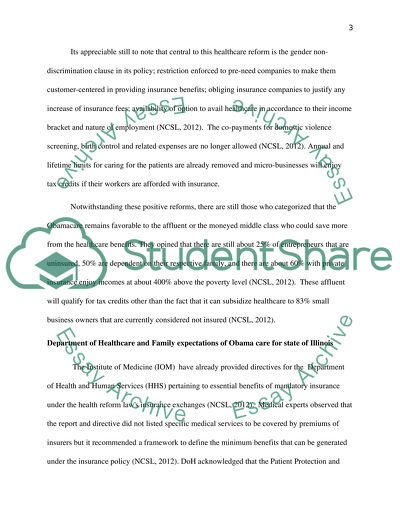Cite this document
(“Patient Protection and Affordable Care Act Research Paper”, n.d.)
Patient Protection and Affordable Care Act Research Paper. Retrieved from https://studentshare.org/macro-microeconomics/1402113-patient-protection-and-affordable-care-act
Patient Protection and Affordable Care Act Research Paper. Retrieved from https://studentshare.org/macro-microeconomics/1402113-patient-protection-and-affordable-care-act
(Patient Protection and Affordable Care Act Research Paper)
Patient Protection and Affordable Care Act Research Paper. https://studentshare.org/macro-microeconomics/1402113-patient-protection-and-affordable-care-act.
Patient Protection and Affordable Care Act Research Paper. https://studentshare.org/macro-microeconomics/1402113-patient-protection-and-affordable-care-act.
“Patient Protection and Affordable Care Act Research Paper”, n.d. https://studentshare.org/macro-microeconomics/1402113-patient-protection-and-affordable-care-act.


